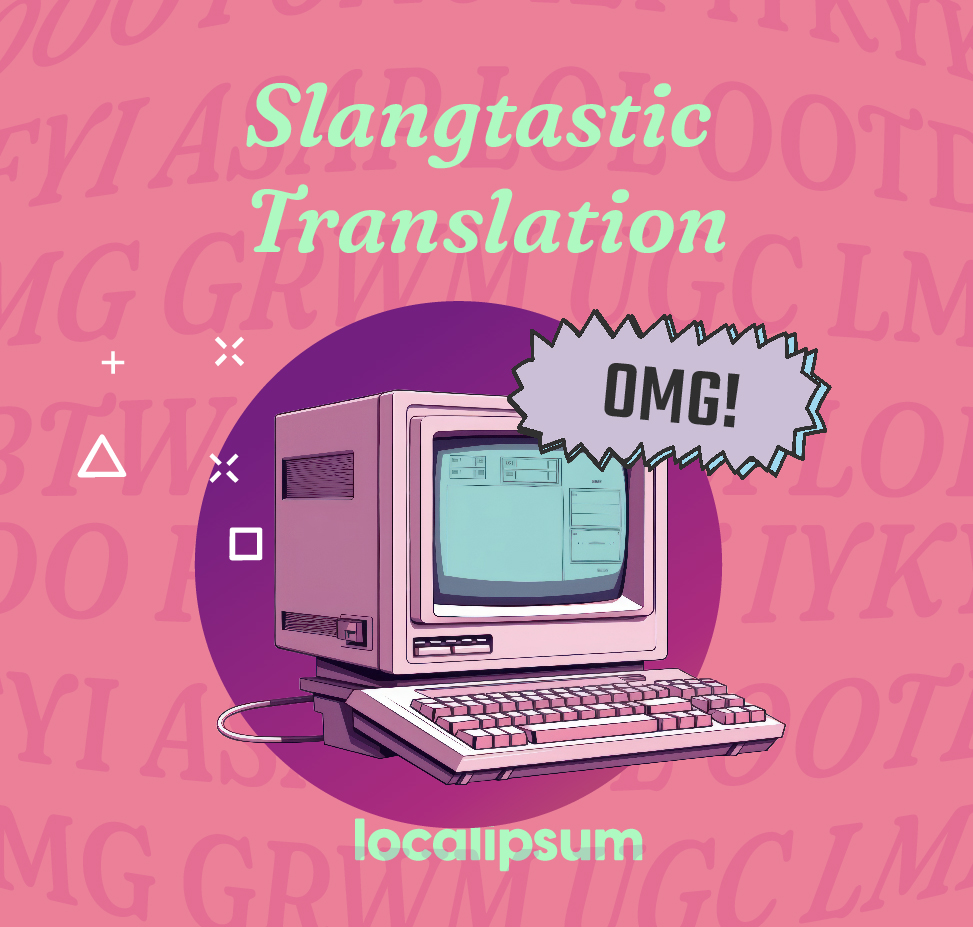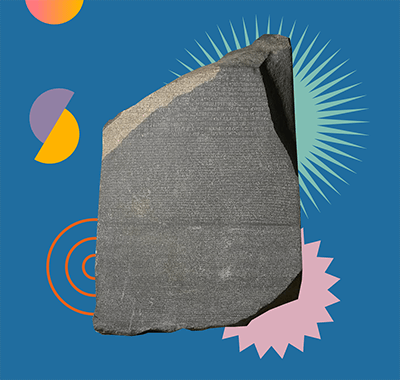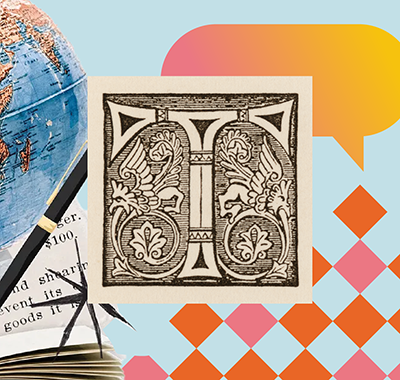Slang Translation Strategies for Effective Communication
Understanding the significance of slang in communication is not merely an academic pursuit but a key to unlocking effective global interaction. This blog post embarks on a journey to explore the intricate universe of slang translation, unraveling its nuances and confronting the challenges it presents.
Table of Contents
What is Slang?
Slang is just like a linguistic kaleidoscope, defying traditional language norms. It’s dynamic, expressive, and often culture-specific. The traditional rules and structures of language are shattered, giving rise to a vibrant array of unconventional expressions. As we delve into this phenomenon, we’ll define slang, explore its characteristics, and examine popular examples across languages.
This blog post serves as a compass for brand marketers navigating the intricate world of slang translation. It’s not merely an exploration; it’s a guide to overcoming challenges and leveraging the power of colloquial expressions in marketing content.
The Need for Slang Translation
For brands aiming to stay ahead of the curve, understanding slang becomes a strategic advantage. Slang terms reflect not only the spoken words but also the cultural heartbeat and collective identity of a community. Understanding the slang used by the target demographic enables brands to speak the language of their consumers, creating an immediate sense of relatability and trust.
Furthermore, staying attuned to the ever-evolving nature of slang positions companies to stay ahead of trends, shaping campaigns that resonate with contemporary audiences. By investing in its translation, companies demonstrate a commitment to understanding and truly speaking the language of their audience.
Let’s unravel the challenges that translators and language experts encounter when navigating the vibrant, ever-shifting terrain of colloquial expressions.
Challenges Ahead
1. Rapid Evolution of Slang
Just like a linguistic chameleon, slang evolves at a pace that can be challenging to match. The transitory nature of slang terms means that what’s in vogue today might be passé tomorrow. Translators must stay abreast of the latest linguistic trends to capture the essence of contemporary expressions accurately.
2. Context-Specific Meanings
Unlike formal language, slang often thrives on context-specific meanings. A single slang term may carry different nuances depending on the situation, making it a puzzle for translators. Deciphering these subtleties and preserving the intended meaning in a different linguistic context requires finesse.
3. Idiomatic Expressions and Cultural References
Slang is a treasure trove of idiomatic expressions and cultural references deeply embedded in a community’s history and experiences. Translating these expressions verbatim might result in confusion or loss of meaning. Translators face the challenge of conveying the cultural nuances tied to slang without compromising clarity.
4. Cultural Nuances and Regional Variations
Translators must navigate regional and local intricacies to ensure that the translated slang resonates authentically with the target audience. Failing to capture these nuances risks diluting the impact of the original expression – or worse: it might end up transmitting a culturally inappropriate message.
Internet Slang: Quite a Unique Challenge
Internet Slang emerges as a distinct linguistic universe itself, presenting a unique set of challenges for companies who intend to navigate the digital landscape seamlessly. The evolution of language on the internet has given rise to a shorthand lexicon – abbreviations, acronyms, and novel expressions that defy traditional linguistic norms.
Abbreviations and Acronyms: The Language of Efficiency
This slang category is marked by its penchant for brevity and efficiency. Abbreviations like OOO (Out Of Office), FOMO (Fear Of Missing Out), and IYKYK (If You Know You Know) have become ubiquitous in online conversations. Translating these abbreviations requires not just linguistic expertise but also an understanding of the digital culture that values quick, concise communication.
Memes and Emoticons: Visual Language in Cyberspace
This digital universe extends beyond textual expressions to include visual elements like memes and emojis. Memes, often conveying humor or cultural references, present a challenge in translation as their impact relies on shared cultural understanding. Translating emojis, which convey nuanced emotions through symbols, demands an awareness of the emotive context. Companies must navigate the visual dimension of Internet Slang to ensure that their online presence is not only linguistically precise but also visually resonant with the digital audience.
Dynamic and Evolving Nature
One of the unique aspects of Internet Slang is its rapid evolution. Just a reminder: approximately, about 328.77 million terabytes of data are uploaded to the Internet… every day. New expressions emerge swiftly, driven by internet subcultures, memes, and viral trends. If you’re seeking to master digital communications, constant vigilance and adaptability are key.
How to Translate Slang Terms
Softening the Tone
Softening is one of the most common ways of translating slang. This involves the delicate art of adapting the informal nature of slang to align it with the formality of the target language.
In some cases, the informal nature of slang may clash with the formality of the target language. However, experts face the challenge of toning down the original message without diluting its impact. By doing so, translators ensure a seamless fit within the linguistic context without sacrificing the authenticity that makes slang unique.
Literal Translation
Even though it might be hard to find specific slang pairs in different languages, literal translation is still on the radar. Translators must skillfully navigate this decision, deciding when to stick to literal translation and when to employ alternative strategies. This discernment is crucial to prevent the loss of meaning or the creation of awkward phrasing
Stylistic Compensation (or Transcreation!)
A recommended strategy in translating slang terms involves the use of stylistic compensation or transcreation. This transformative technique goes beyond literal translation and replaces the original slang with a contextually appropriate term from the target language or culture. This method ensures not only linguistic accuracy but also cultural relevance, allowing the translated slang to seamlessly resonate with the target audience.
Sound familiar? Transcreation comes into play! Our Transcreation Guide provides linguists, language enthusiasts, and companies with insightful strategies and practical tips for mastering the intricacies of translating messages that retain their authenticity and impact across diverse cultures.
Tips for Successful Slang Translation: Navigating the Nuance
Contextual Understanding
At the heart of successful slang translation lies a profound contextual understanding. Translators must immerse themselves in the context, discerning not only the literal meaning but also capturing the mood, tone, and social nuances that give each slang term its distinctive flavor. Being attuned to the cultural connotations of slang ensures that translations resonate authentically, avoiding inadvertent misinterpretations or cultural insensitivity.
Collaboration with Native Speakers or Experts
Engaging with native speakers or experts intimately familiar with the subtleties of the language and culture enriches the translation process. Native speakers bring an innate understanding of colloquial expressions, ensuring that the translated slang captures not only the linguistic meaning but also the cultural nuances embedded within.
Use of Technology and Translation Tools
While human intuition is irreplaceable, technology can expedite the process and provide valuable assistance. Translators can use language-specific databases, online resources, and translation tools to cross-reference and validate their interpretations, ensuring accuracy and efficiency in the translation of slang terms.
Case Studies
Enough theory for today. Let’s crack some Slang Translation case studies.
Failed examples are our favorite ice-breakers! For starters, Coca-Cola’s attempt to resonate with the native population of New Zealand resulted in a linguistic misfire that became the talk of the town. Seeking to embrace the colloquial greeting “Hello, mate” Coca-Cola decided to translate it into Maori, the indigenous language of New Zealand. Unfortunately, the execution of this translation fell short. Let’s say there was no fizz…
At first glance, the translated slogan, “Kia ora, mate” seemed quite harmless. However, the oversight lay in the Maori meaning of “mate,” which, unbeknownst to the translation team, signifies “death.” The unintended consequence of this linguistic blunder transformed the friendly greeting into a slightly ominous one. While soft drinks may not be synonymous with longevity, it’s safe to assume that Coca-Cola did not intend to associate their beverage with mortality. Would it be overkill to say the drink’s slogan was flat… lined?
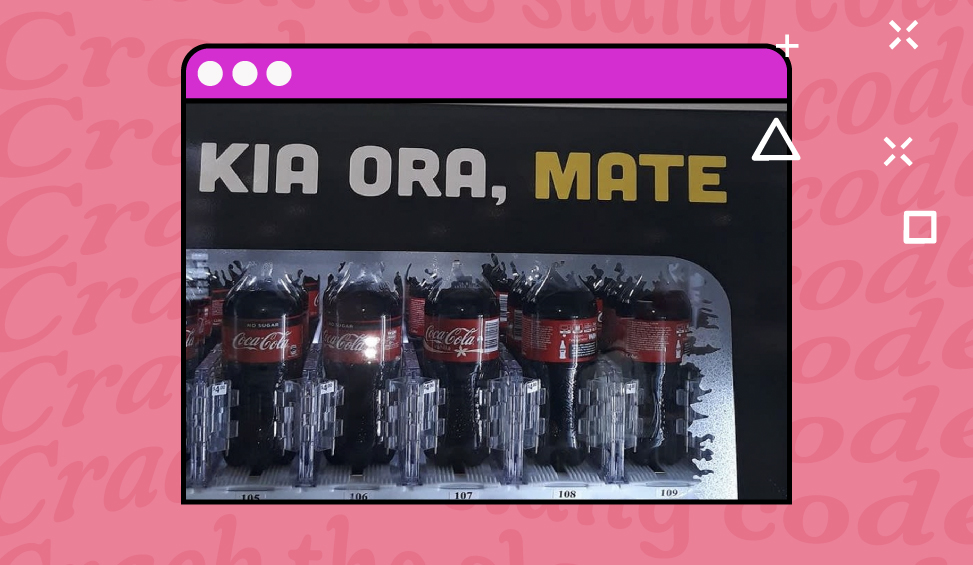
In contrast to this misstep, brands like McDonald’s showcase successful examples of cultural and slang adaptation in advertising. Its famous slogan, “I’m Lovin’ It”, needed some extra work before landing in Germany, as the informal and abbreviated form “Lovin'” adopts a casual and colloquial style. It was effectively translated into German as “Ich liebe es.”
This translation not only captures the essence of “I’m Lovin’ It” but also aligns seamlessly with the conversational tone of everyday German, adding a touch of warmth and familiarity.

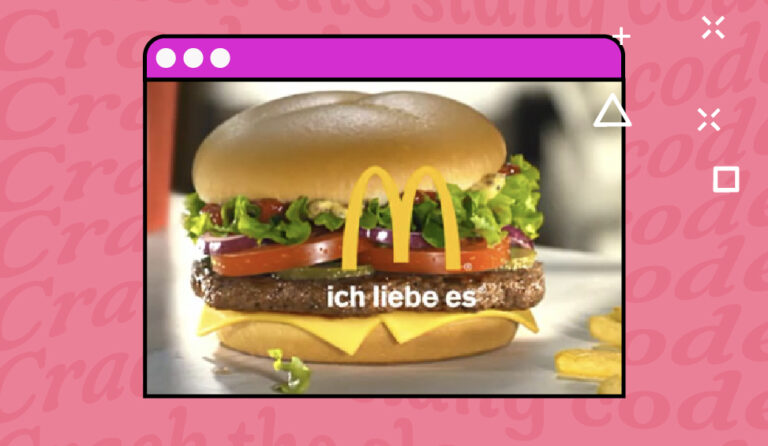
Slang Expertise
At Localipsum, our commitment goes beyond words: we embody our people-first approach in every language service. We delve into the cultural nuances and conversational intricacies that make your brand relatable and resonant across borders, just like slang. For us, it isn’t just a set of words: it’s a bridge that unites people through colloquial expressions and familiar language. It’s connection.
Let us be your guide in your linguistic journey. We craft conversations that click, captivate audiences, and create lasting relationships (our client testimonials and sample projects speak for themselves). Plus, we have a Contact Form that makes it super easy to reach out and touch us!
